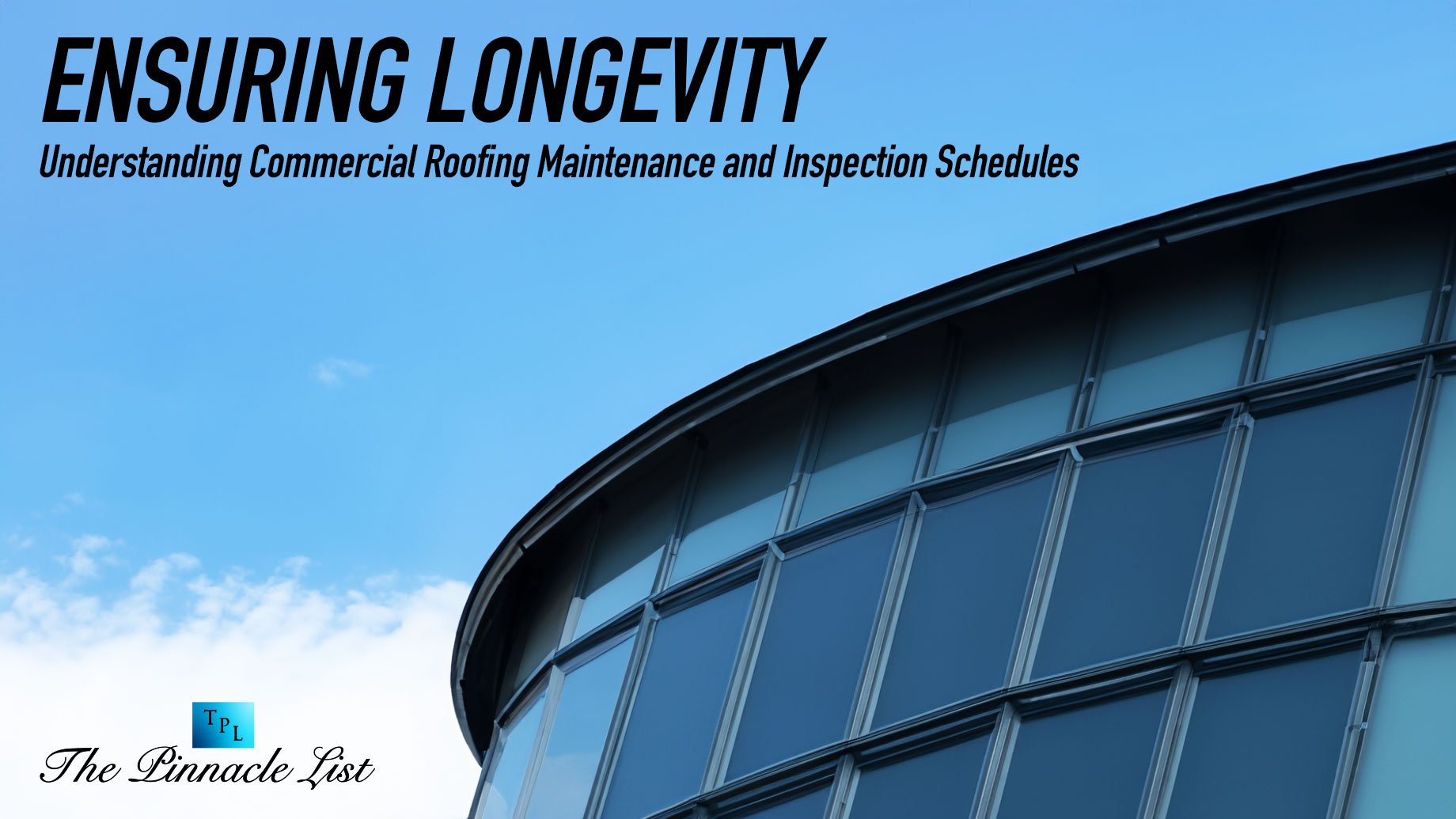
A well-maintained and adequately inspected commercial roof is crucial to any business establishment. Beyond just sheltering the occupants and assets from the elements, a sturdy roof enhances energy efficiency, prevents costly repairs, and contributes to the overall aesthetics of the building. The Foundation of Longevity
Imagine a sturdy foundation for your business – one that not only safeguards your investments but also extends the lifespan of your property. This foundation is none other than a well-maintained and regularly inspected commercial roof. Neglecting roofing maintenance can lead to many issues, from leaks and water damage to compromised insulation and structural problems.
Scheduled Inspections: The Backbone
Experienced roofers like Three Tree Roofing of Seattle advocate for a comprehensive inspection schedule as the backbone of any commercial roofing maintenance plan. Regular inspections, ideally conducted twice yearly – in the spring and fall – enable roofers to catch potential issues early on. These professionals assess the roof’s condition, identify weak points, and recommend appropriate repairs or preventive measures.
Preventive vs. Reactive Maintenance
It can be costly to wait for a significant roofing issue to arise before taking action. As recommended by experienced roofers, preventive maintenance involves addressing minor concerns before they escalate into major problems. This saves you from more significant repair expenses and prevents disruptions to your business operations due to unexpected roofing issues.
The Inspection Process
A typical commercial roofing inspection conducted by seasoned professionals encompasses a range of crucial steps. These include:
- Visual Assessment: Roofers visually inspect the entire roofing system, looking for signs of damage, deterioration, or wear and tear.
- Material Check: Roofing materials such as shingles, membranes, and flashing are closely examined for cracks, splits, or other issues.
- Drainage Evaluation: Proper drainage is essential to prevent water accumulation. Roofers ensure that gutters, downspouts, and drainage systems are free from clogs and functioning optimally.
- Sealant Inspection: Sealants around vents, pipes, and flashing points are inspected for deterioration, as these areas are prone to leaks if not properly maintained.
- Flashing Examination: Flashing, the metal strips that seal gaps around roof projections, is checked for rust, corrosion, or loosening.
- Interior Assessment: Roofers also assess the interior of the building for signs of leaks or water damage, as these can indicate roofing issues.
- Documentation: Detailed documentation of the inspection findings and recommendations for necessary repairs or maintenance are provided.
The Role of Experienced Roofers
The experience and expertise of professional roofers are invaluable when it comes to ensuring your commercial roof’s longevity. These professionals keenly observe inspections, identifying the subtlest indications of potential problems. Their knowledge helps determine whether a minor repair suffices or a more comprehensive solution is needed. By entrusting your roofing maintenance to experienced roofers, you gain peace of mind knowing that your investment is in capable hands. Investing in a robust commercial roofing maintenance and inspection schedule is an investment in the long-term success of your business. Regular assessments, guided by the wisdom of experienced roofers, are pivotal in detecting issues early, preventing costly repairs, and maintaining the overall integrity of your property.